22 Refreshing North American Frozen Desserts
North American frozen desserts tantalize taste buds with their incredible variety and delightful textures.
Cold, sweet sensations capture memories of summer afternoons and childhood celebrations.
Regional culinary traditions transform simple ingredients into miraculous chilled treats that spark joy and nostalgia.
Creamy, refreshing concoctions range from classic favorites to innovative modern interpretations that challenge traditional expectations.
Skilled artisans craft these delectable delights using techniques passed through generations, blending cultural influences and local ingredients.
Each frozen creation tells a unique story of creativity, comfort, and culinary craftsmanship.
Passionate dessert makers continue pushing boundaries, reimagining what's possible in the world of cool, sweet indulgence.
These 22 popular North American frozen desserts will make your mouth water and your heart sing:
Popular North American Frozen Desserts to Beat the Heat
Hot summer days call for cool treats. North American freezers are stocked with frozen desserts guaranteed to delight any sweet tooth.
Frozen Custard
Frozen custard bursts with rich, creamy decadence originating from Coney Island, New York, before becoming Milwaukee's signature dessert.
Wisconsin claims the title of "Custard Capital of the World" where this treat sells more than anywhere globally.
Unique production methods involve adding minimal air during preparation, creating an exceptionally dense and smooth texture.
Eggs, cream, and sugar combine to form a luxurious base that distinguishes frozen custard from traditional ice cream.
Midwest regions embraced this treat, transforming it from a carnival novelty to a beloved regional specialty.
Served immediately after churning, the custard maintains a soft yet heavy consistency that intensifies its flavor profile.
Dedicated fans argue its superior taste comes from immediate serving and richer ingredients.
Temperature and preparation techniques make frozen custard a distinctly indulgent frozen dessert that stands apart from standard ice cream options.
Limber
Limber represents a classic Puerto Rican frozen dessert celebrating tropical fruit flavors through a refreshing ice-based treat derived from Charles A. Lindbergh's historic visit.
Coconut milk and pineapple juice form its traditional base, with sweeteners creating a smooth, cool texture that locals adore.
Street vendors and roadside stands across Puerto Rico sell these quick, inexpensive snacks in small plastic cups or bags.
Creative variations include raspberry, mango, and other tropical fruit combinations that expand its delicious appeal.
Travelers and residents enjoy Limber as a quick street refreshment during hot Caribbean days.
Informal production methods allow easy preparation in home freezers or small commercial settings.
Economical ingredients make this treat accessible to everyone on the island.
Brownie Sundae
Brownie sundae combines warm chocolate brownies with cold ice cream for an irresistible dessert experience.
Layers of rich, moist brownies create a decadent base topped with smooth ice cream scoops in classic flavors like vanilla, chocolate, or strawberry.
Sweet chocolate fudge, caramel, or strawberry sauce cascades over the dessert, enhancing its indulgent profile.
Whipped cream adds a light, airy texture to the rich combination.
Crunchy nuts, colorful sprinkles, or fresh fruit provide additional contrast and visual appeal.
This dessert originated in American ice cream parlors during the early 20th century.
Restaurants and home cooks frequently customize the sundae with unique toppings and creative flavor combinations.
Summer gatherings and casual celebrations often feature this crowd-pleasing sweet treat.
Milkshake
Milkshakes rank as classic American beverages blending creamy ice cream with flavored milk into smooth, indulgent drinks.
Early versions from 1885 originally contained whiskey as a medicinal tonic before transforming into sweet treats.
Electric blenders revolutionized milkshake production in the early 20th century, allowing faster mixing and smoother textures.
Malted milk powders introduced complex flavor profiles with dried milk, barley, and wheat flour ingredients.
Standard milkshakes typically feature multiple flavor options like chocolate, vanilla, and strawberry.
Soda fountains popularized these cold beverages during mid-century America.
Modern variations include thick, thin, and specialty versions with unique mix-ins like cookies or candy.
Consumers can customize milkshakes with countless flavor combinations and toppings.
Cookies ‘N Cream Ice Cream
Cookies 'n cream ice cream burst onto the dessert scene as a revolutionary blend of smooth vanilla ice cream and crunchy chocolate sandwich cookies.
Dairy Queen, Blue Bell Creameries, and South Dakota State University all claim credit for its late 1970s or early 1980s creation.
Major ice cream brands now offer this wildly popular flavor in grocery stores nationwide.
Oreo cookies provide the signature chocolate cookie pieces that give the treat its distinctive texture and taste.
Consumers enjoy it straight from the container or dressed up with hot fudge and whipped cream.
Creamy vanilla base perfectly balances the bittersweet cookie crunch.
Sweet and rich, the dessert satisfies intense sugar cravings.
Frozen Yogurt
Frozen yogurt blends tangy dairy goodness with a lighter alternative to traditional ice cream, offering a refreshing dessert experience with less fat and more flexibility.
Originating in New England during the 1970s, this mysterious treat initially struggled to win American taste buds due to its tart profile compared to sweet ice cream.
Milk serves as the primary base, replacing cream and reducing overall fat content significantly.
Versatile toppings like fresh strawberries, crushed cookies, and candy chunks transform each serving into a personalized treat.
Yogurt cultures provide a distinctive tanginess that sets this dessert apart from standard frozen confections.
Consumers can customize their experience with an array of flavor combinations and mix-ins.
Nutritional benefits make frozen yogurt an appealing option for health-conscious dessert seekers.
Soft and creamy textures ensure a satisfying indulgence for those craving a lighter sweet experience.
Sundae
Sundaes dominate American dessert menus as a classic ice cream creation featuring sweet sauces and indulgent toppings.
Chocolate caramel and strawberry varieties lead the most popular flavor selections nationwide.
Cherries, dairy cream, and nuts frequently enhance these creamy treats.
Food historians debate sundae origins, with one compelling theory suggesting Illinois lawmakers inspired the dessert by banning soda water sales on Sundays.
Multiple regions claim sundae invention, sparking ongoing culinary discussions.
Restaurants and ice cream parlors serve these cold confections in traditional glass bowls.
Sweet syrups cascade over cold scoops, creating a signature presentation.
Midwest restaurants remain especially proud of this delightful frozen dessert.
Ice Cream Sandwich
Ice cream sandwiches epitomize classic American street dessert innovation, originating in New York City during 1899 when an anonymous pushcart vendor first paired vanilla ice cream between thin wafers.
Street vendors quickly popularized this penny treat, which rapidly spread across urban neighborhoods.
Modern versions dramatically expand beyond traditional wafers, incorporating creative bread bases like brioche, waffles, croissants, and churros.
Consumers now enjoy numerous flavor combinations and innovative textures.
Global variations reflect regional ingredient preferences and culinary creativity.
Sweet-seekers appreciate the portable, handheld nature of these frozen treats.
Convenience and nostalgic charm continue driving ice cream sandwich popularity.
Summer street festivals and neighborhood gatherings frequently showcase these iconic desserts.
Ice Cream Float
Ice cream floats blend creamy ice cream with carbonated beverages, creating a classic American treat originating in 1870s Philadelphia.
Robert Green accidentally invented the dessert drink when he substituted ice cream for cream in his soda shop, dramatically increasing his daily earnings from $6 to $600.
Root beer floats quickly became the most popular version of this refreshing beverage.
Numerous variations emerged over time, including chocolate ice cream soda, coke floats, purple cow, butterbeer, and Boston cooler.
Carbonation from soft drinks creates a frothy, fizzy texture when mixed with smooth ice cream.
Soda shops and diners across the United States embraced this simple yet delicious combination.
Summer heat made these cold treats especially appealing to customers seeking refreshment.
Different ice cream flavors and sodas allow for endless creative mixing possibilities.
Fried Ice Cream
Fried ice cream delivers a crispy, golden-brown exterior surrounding a cold, creamy center through a unique deep-frying technique that magically preserves the frozen core.
Mexican restaurants popularized this dessert during the 1980s, creating a signature sweet treat with dramatic temperature contrasts.
Cooks carefully freeze the ice cream below standard temperatures to prevent melting during quick frying.
Crumbled cookies or cornflakes form the crunchy outer coating that transforms the dessert's texture.
Restaurants typically serve the dessert as a dramatic finale to meals.
Contrasting temperatures and textures make this dish memorable for diners.
Crisp and cold, the dessert offers a surprising sensory experience that delights guests.
Ice Cream Cake
Ice cream cake blends frozen dessert layers with cake, creating a delightful sweet treat popular at celebrations across North America.
Originating in England during the 19th century, this dessert emerged when ice cream was considered a luxury item.
Layered compositions typically feature alternating cake and ice cream sections, sometimes completely composed of ice cream without traditional cake pastry.
Soft-serve ice cream often covers the exterior like icing, though traditional frosting can replace the frozen topping.
Birthday parties frequently showcase this unique dessert, which offers a cool and creamy texture.
Variations include different cake flavors, ice cream types, and decorative styles.
Chocolate, vanilla, and strawberry remain the most common flavor combinations.
Guests typically enjoy this refreshing dessert as a festive centerpiece that satisfies both cake and ice cream cravings.
Baked Alaska
Baked Alaska represents a dramatic dessert featuring contrasting temperatures and textures where cold ice cream remains perfectly preserved inside a hot, golden-brown meringue shell.
French culinary innovation likely originated this stunning dessert, potentially evolving from omelette Norvégienne with layered cake and frozen cream beneath torched meringue.
Charles Ranhofer pioneered the American version at Delmonico's restaurant in New York during the mid-1850s, creating a unique banana ice cream and walnut spice cake combination.
Pastry chefs craft this extraordinary treat by carefully constructing a sponge cake base topped with ice cream and completely encasing the dessert in delicate meringue.
Torching transforms the exterior into a caramelized, crispy shield that protects the frozen interior.
Professional bakers use precise temperature techniques to ensure the ice cream remains frozen while the meringue browns quickly.
Restaurant guests marvel at the theatrical presentation of this temperature-defying dessert.
Piragua
Piragua are Puerto Rican pyramid-shaped shaved ice treats bursting with vibrant fruit syrups that cool down hot Caribbean streets.
Street vendors expertly craft these refreshing desserts using hand-powered ice shavers and colorful syrup bottles.
Taino language inspired the name, which translates to "canoe" despite unclear connections to the actual dessert.
Tropical flavors like coconut, tamarind, and passion fruit transform simple ice into a beloved island delicacy.
Brightly painted carts serve as traditional platforms for piragueros selling these sweet frozen treats.
Summer afternoons pulse with excitement as customers line up for these icy pyramids.
Shaved ice forms the base of each unique creation, carefully molded into a distinctive shape.
Generations of Puerto Ricans have enjoyed these simple yet satisfying street desserts that provide instant relief from tropical heat.
Soursop Ice Cream
Soursop ice cream electrifies Caribbean dessert traditions with its uniquely tangy and creamy tropical profile originating in Trinidad and Tobago.
Native soursop fruit delivers a complex flavor blending sweet and slightly acidic notes that transform simple frozen treats.
Condensed milk provides rich smoothness while cornstarch ensures perfect texture and consistency.
Caribbean kitchens carefully blend ripe soursop with water, salt, and occasional bitters to create this refreshing delicacy.
Cold temperatures solidify the mixture into a smooth, pale green frozen dessert.
Generations have enjoyed this treat as a cooling summer indulgence.
Regional cooks consider soursop ice cream a signature sweet experience.
Frozen dessert lovers celebrate its distinctive tropical essence that captures island culinary creativity.
Banana Split
Banana splits are indulgent ice cream desserts featuring a banana sliced lengthwise and topped with three classic ice cream flavors.
Originating in 1904 at a Pennsylvania pharmacy, this sweet creation by David Strickler quickly became a beloved American treat.
Soda fountains across the United States embraced the innovative dessert, serving it in long boat-shaped dishes.
Strawberry, vanilla, and chocolate ice cream scoops form the creamy base of this iconic dessert.
Traditional garnishes include chopped nuts, fresh fruits, and a bright red maraschino cherry.
Whipped cream adds a luxurious finishing touch to the colorful dessert.
Pharmacist Strickler designed the split to attract college students seeking a unique sweet experience.
Popularity spread rapidly, transforming the banana split into a classic American dessert enjoyed by generations.
Blue Moon
Blue Moon ice cream emerges as a whimsical Midwestern dessert featuring an electric blue color that mystifies flavor seekers across generations.
Originating in Milwaukee or Michigan during the 1940s-1950s, this unique frozen treat defies traditional taste expectations with its secret, trademarked recipe.
Sherman Dairy Products potentially pioneered this enigmatic creation that blends unconventional ingredients like vanilla, lemon, pistachio, coconut, and marshmallow into one unpredictable scoop.
Regional ice cream makers carefully guard its precise flavor profile, sparking endless speculation among dessert enthusiasts.
Each bite presents a different sensory experience, with some detecting bubblegum notes while others sense hints of blue curacao or fruit essences.
Some compare its taste to Froot Loops cereal mixed with milk, adding to its playful mystique.
Geographic roots in Michigan or Wisconsin contribute to its cult-like following among ice cream fans.
Sno-Ball
Sno-balls showcase New Orleans' refreshing culinary tradition as a signature shaved ice dessert bursting with vibrant syrup flavors.
Vendors craft these sweet treats by blending finely crushed ice with colorful syrups like strawberry, grape, or chocolate.
Sno-ball stands populate city streets during warm months from March through October.
Locals and tourists flock to these stands for cool relief from Louisiana's intense heat.
Each sno-ball features a mountain-like shape with a soft, fluffy texture that quickly melts in your mouth.
Customers choose from dozens of syrup combinations to customize their frozen treat.
Southern ice shavers pioneered this dessert in the early 20th century.
Roadside stands and neighborhood shops continue the sno-ball tradition across New Orleans today.
Sugar On Snow
Sugar on snow represents a quintessential New England winter treat that transforms pure maple syrup into a unique crystallized candy by pouring hot syrup directly onto fresh, clean snow.
Vermont maple farmers traditionally create this simple dessert by carefully boiling maple syrup to a specific temperature before drizzling the thick, golden liquid over packed snow.
Cold temperatures instantly cool and harden the syrup, creating a taffy-like confection with a sweet, sticky texture that immediately melts in you mouth.
Maple enthusiasts often enjoy this seasonal specialty alongside traditional accompaniments like sour pickles and plain donuts.
Local communities frequently serve sugar on snow during maple sugaring season as a festive celebration of maple harvest.
Native Americans likely introduced early settlers to this maple syrup preparation method centuries ago.
Generations of New England families have passed down this rustic winter tradition through simple, shared moments of culinary joy.
Communities across Vermont and northern New England continue to embrace this charming winter ritual that connects them to their agricultural roots.
Nutmeg Ice Cream
Nutmeg ice cream embodies Grenada's signature tropical dessert, featuring freshly grated nutmeg as its star ingredient.
Smooth and creamy, this sweet treat highlights the island's most famous spice in a luxurious frozen format.
Grenadian families traditionally prepare the dessert using high-quality local milk, heavy cream, sugar, and egg yolks.
Fresh nutmeg creates a distinctive aromatic flavor that sets this ice cream apart from standard varieties.
Grenada's nickname as the "Spice Island" perfectly reflects this unique dessert's regional significance.
Nutmeg's warm, slightly sweet notes transform the classic ice cream into a memorable Caribbean experience.
Locals and tourists enjoy this refreshing delicacy as a perfect end to a tropical meal.
Akutaq
Akutaq is a unique Alaskan indigenous delicacy blending unexpected ingredients like reindeer fat, seal oil, fresh snow, and berries into a nutrient-dense survival food.
Hunters traditionally prepared this protein-rich mixture as a portable energy source during long expeditions across harsh Arctic landscapes.
Alaska Native communities developed akutaq as a versatile sustenance that could provide critical calories in extreme cold environments.
Berries were carefully selected with cultural significance, with certain tribes believing berry choices represented lifetime commitments.
Modern interpretations maintain the dish's core connection to indigenous survival techniques.
Culinary historians consider akutaq a remarkable example of indigenous food innovation and environmental adaptation.
Soursop Ice Block
Soursop ice block electrifies Trinidad's street snack scene with its refreshing tropical coolness, crafted from creamy soursop pulp blended smoothly with condensed milk and a hint of bitters.
Caribbean locals cherish this frozen treat as a quick relief from scorching temperatures.
Handmade in simple ice trays, these blocks offer an instant burst of sweet-tangy flavor.
Soursop's distinctive green fruit provides a natural base packed with vitamins and unique tropical notes.
Freezing transforms the blend into a silky, icy dessert that melts slowly on your tongue.
Each block represents a quick, affordable escape from heat and humidity.
Vendors sell these treats from street carts and small shops across Trinidad.
Generations have enjoyed this simple yet memorable island refreshment.
Huckabuck
Huckabuck is a refreshing frozen treat originating from Louisiana and Georgia, particularly beloved in New Orleans and Macon.
Locals create this icy dessert by mixing Kool-Aid, Sno-ball syrup, or Jell-O powder with water and freezing it in small paper cups.
Kids and adults enjoy this simple summer snack by cutting or tearing the cup's top and squeezing the frozen mixture directly into their mouths.
Street vendors and neighborhood stores often sell these colorful, budget-friendly treats for just a few cents.
Neighborhood children typically purchase huckabucks from local corner stores during hot summer days.
Street vendors frequently offer multiple flavors like cherry, blue raspberry, and grape.
Louisiana and Georgia communities continue this nostalgic tradition of making and selling these frozen beverages.
The dessert remains a cherished summer memory for many southerners.
How Do Frozen Dessert Preferences Differ Between the U.S., Canada, and Mexico?
Frozen desserts are beloved across North America, but cultural influences, climate, and local tastes create distinct preferences in the U.S., Canada, and Mexico:Overal, Mexico’s desserts reflect indigenous and colonial roots, while the U.S. and Canada lean on multicultural influences and modern innovation.

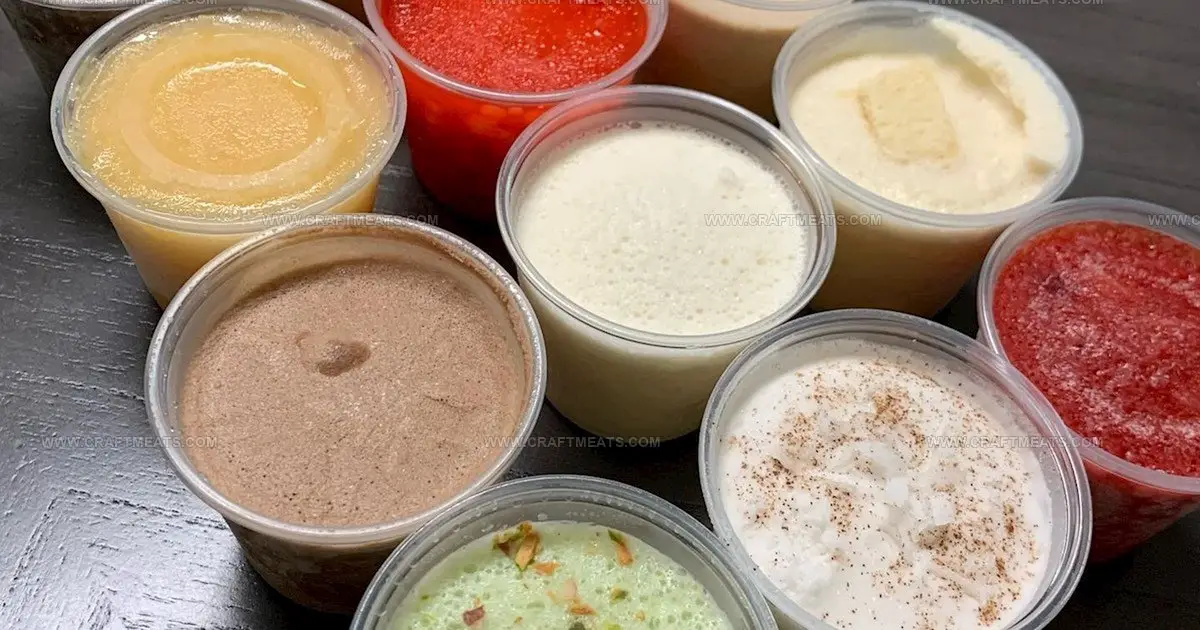
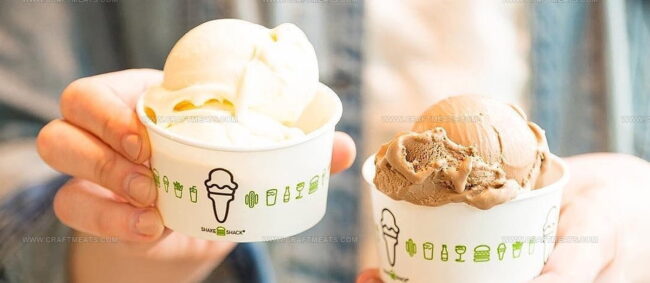
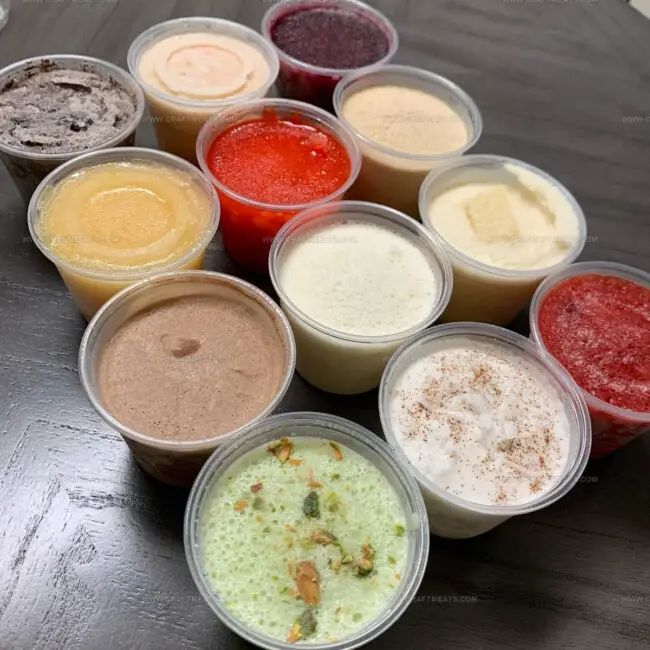
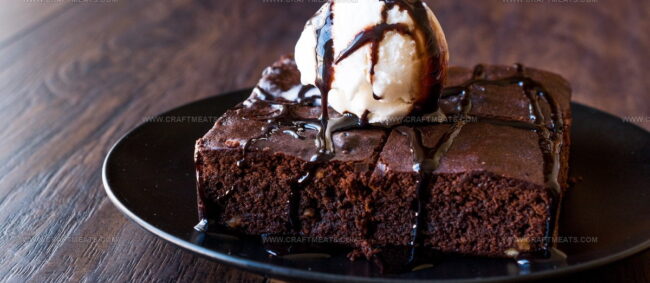
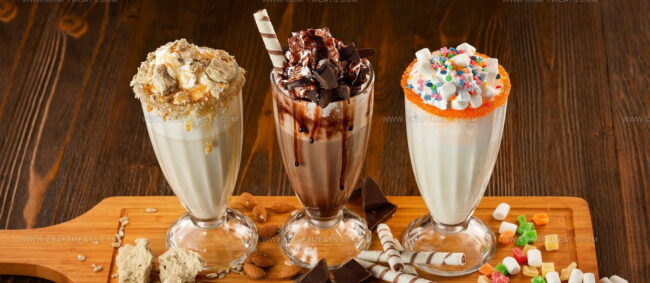



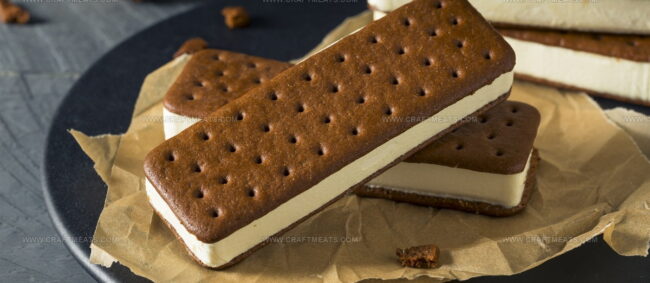
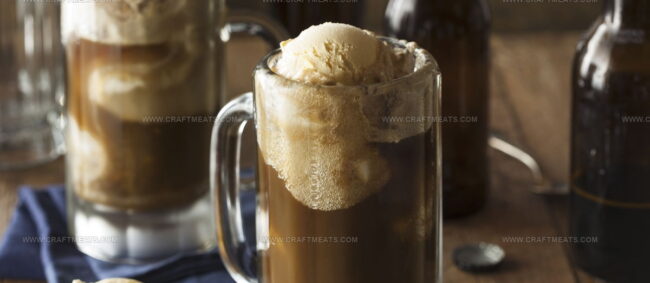
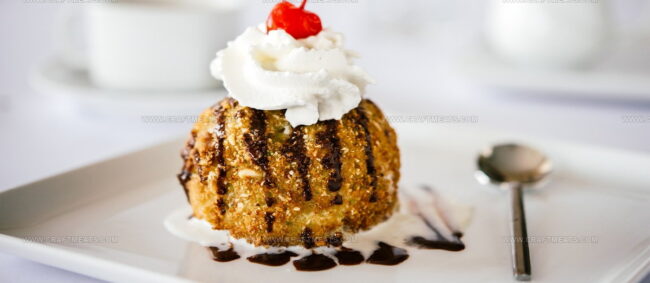
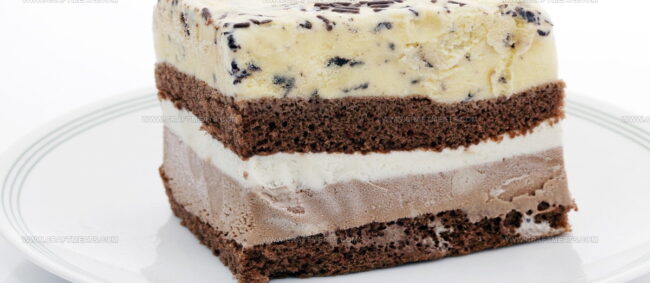

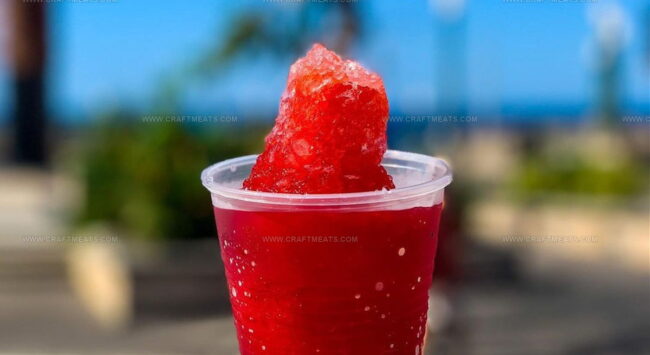
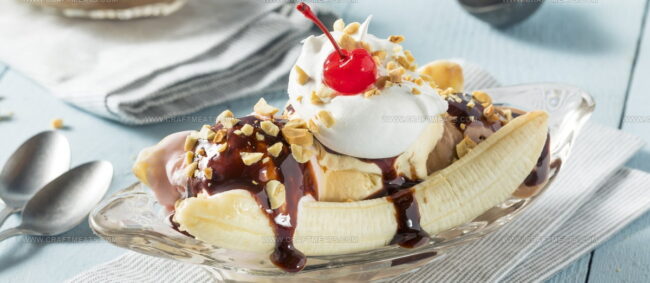
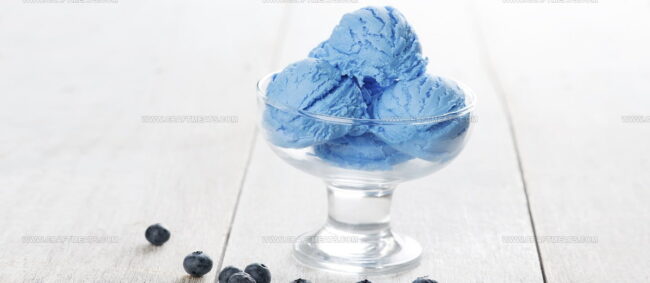
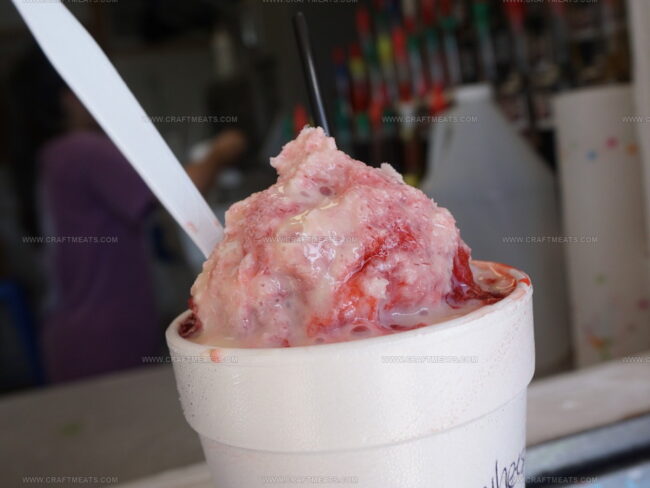
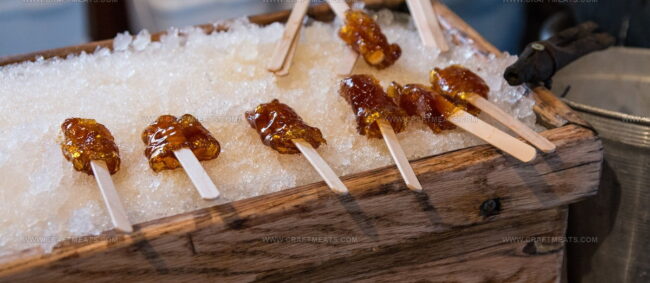
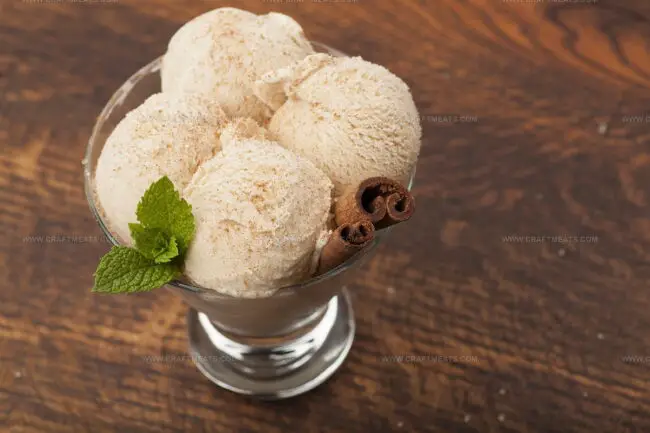
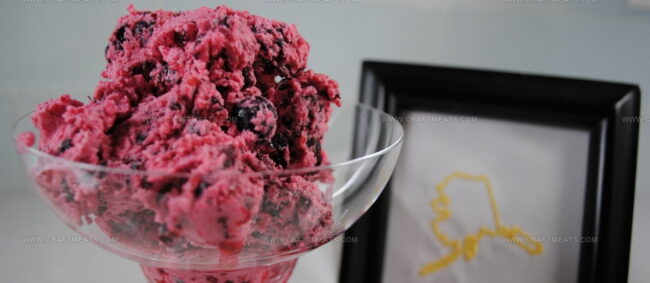
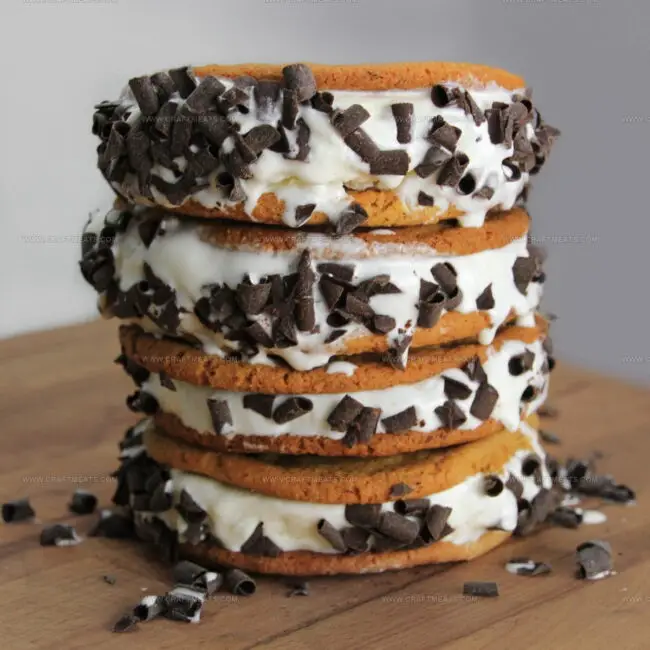
Isabella Rossi
Founder & Culinary Content Creator
Expertise
Recipe Development, Traditional Irish and European Cuisines, Food Styling and Photography, Culinary Education
Education
Dublin Institute of Technology (DIT) – School of Culinary Arts and Food Technology
Ballymaloe Cookery School
Liam is the voice behind many of Craft Meats’ most flavorful features. With roots in Dublin’s smoky barbecue scene and a culinary degree from the Dublin Institute of Technology, he brings time-tested cooking techniques to life.
His training at Ballymaloe Cookery School sharpened his farm-to-table approach, giving him a deep respect for every ingredient he writes about.
He’s not about overcomplicating the process, just helping you cook meat that’s worth talking about. When he’s not writing or grilling, he’s out foraging or nerding out on regional spice blends to add to his next recipe.